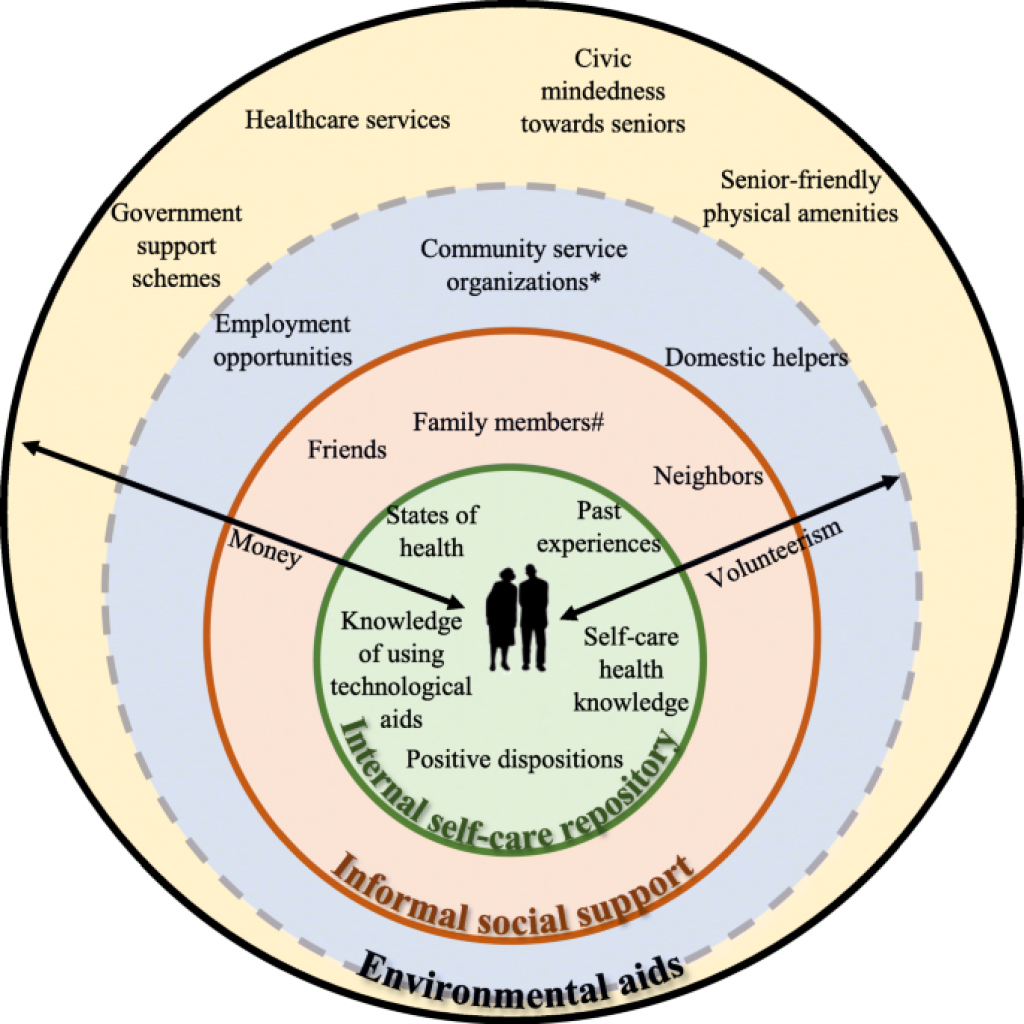
As we work to inspire change in our neighborhoods, we often focus on the needs and weaknesses of our community. However, it is just as important to look at what tools and strengths the community already has. These are what we call community assets. Community assets can look like a lot of different things, people, places, services, businesses, and anything else that can be used to improve the quality of life in a community. Understanding which of these resources are available in your neighborhood will equip you to make even more change.
How to Identify Assets
When evaluating what assets are available in your community try to start small, then expand outward as you go. Begin with listing out resources in your family or among your friends, then you can branch out into your neighborhood, city, and beyond. If at any point you start to get overwhelmed, don’t worry! Just write down what you know or are comfortable with. You can always add more assets as you learn about them. For additional sources of information about resources in your neighborhood, look for community websites, town directories, and yellow pages to learn about different local organizations.
Asset Mapping
Once you have your list, it’s important to find a way to organize it. There are many ways to structure an asset map, but here are some examples. The first is to create or print a map of your community and place your assets according to their real-world location. Another method is by using a set of circles to show accessibility, with personal or family assets closer to the center and more distant locations or organizations towards the outer ring. There are many other ways besides these two, but what matters most is finding something that works for you. For more information about how to create your own asset map, visit artsphere.org/ypar.
Ways to Use Assets
Now that you have listed your local resources and made you own asset map, the next step is to find ways to use them for the benefit of your community. Here are some ideas to get you started.
- Plan a project: Using community assets, you may be able to organize projects on a larger scale than before and accomplish more than you could alone. Looking at what local organizations are doing may even give your new ideas of ways to serve your community.
- Help organizations work together: Find new ways for organizations to collaborate with each other. Maybe in your research, you found multiple assets with similar goals. By bringing them together, you can not only get more work done, but make the community more united as a whole.
- Publish your asset map: Your research may be able to help others in your community. By publishing your asset map either online or in a community center, you can encourage other people to engage with their local resources.
- Create a curriculum to teach others: By teaching others about the resources in your community, as well as how to make their own lists of assets, you can inspire even more change-makers. This will not only encourage community engagement, but also lead to new and creative perspectives.
What are some assets in your community? How can you use them to make a difference?

